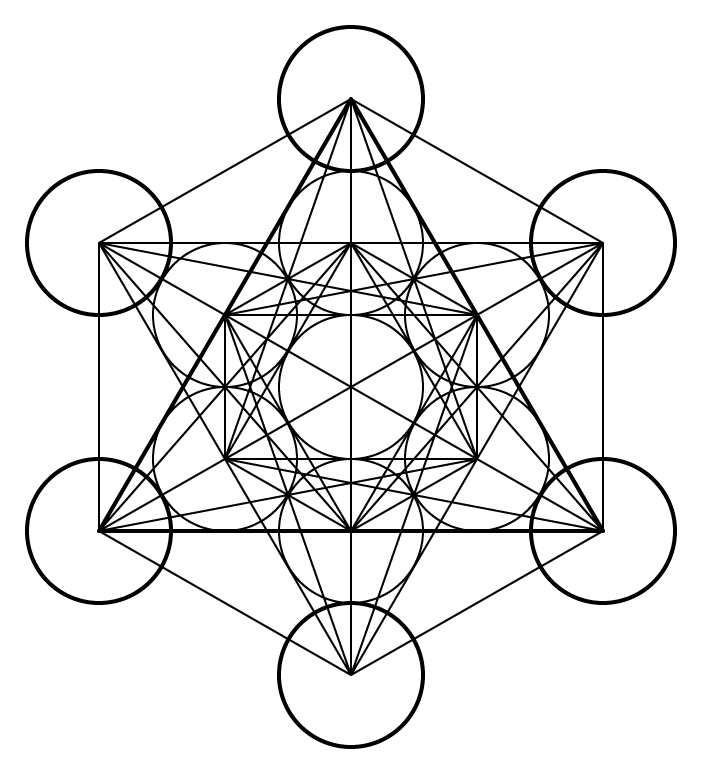Lignite, also known as “brown coal,” is a soft, brownish-black sedimentary rock that belongs to the class of organic-rich rocks called coal. It is a sub-bituminous coal, characterized by its high moisture content, low carbon content, and relatively low energy output when burned. Lignite is often crumbly and has a dull, earthy appearance, with layers and veins of various shades of brown and black.
Mineral Makeup
The composition of lignite is primarily organic, consisting of carbonized plant material, including cellulose, lignin, and other organic compounds. Its mineral makeup includes clay minerals, quartz, and feldspar, which are typically found as impurities within the rock. These impurities contribute to the rock’s variable composition and affect its combustion properties.
Origin
Lignite forms from the accumulation and preservation of plant material in anaerobic, waterlogged environments, such as swamps and peat bogs. Over time, heat and pressure cause the plant material to undergo chemical and physical changes, gradually transforming peat into lignite. The process, known as coalification, involves the removal of water and volatile compounds, leading to an increase in carbon content and energy density.
Occurrence
Lignite deposits are found globally, with significant deposits in countries such as Germany, Russia, the United States, Australia, and Turkey. Lignite is commonly found in sedimentary basins, where the combination of subsidence and sediment accumulation has provided the ideal conditions for coal formation. These deposits are often found close to the Earth’s surface, making them relatively easy to access for mining purposes.
Metaphysical
While lignite is not commonly associated with metaphysical properties, it may be viewed as a symbol of transformation and growth, given its origin from plant material and the long process of coalification. It can serve as a reminder of the passage of time and the importance of adaptability in our lives.
| Class | Sedimentary (Organic) |
| Mineral Makeup | Carbonized plant material, clay minerals, quartz, and feldspar |
| Luster | Dull to earthy |
| Hardness (Mohs) | 1-2 |
| Streak | Brown to black |
| Color | Brownish-black, various shades of brown |
| Cleavage | None, tends to break along bedding planes |
| Specific Gravity | 1.3 to 1.4 |


